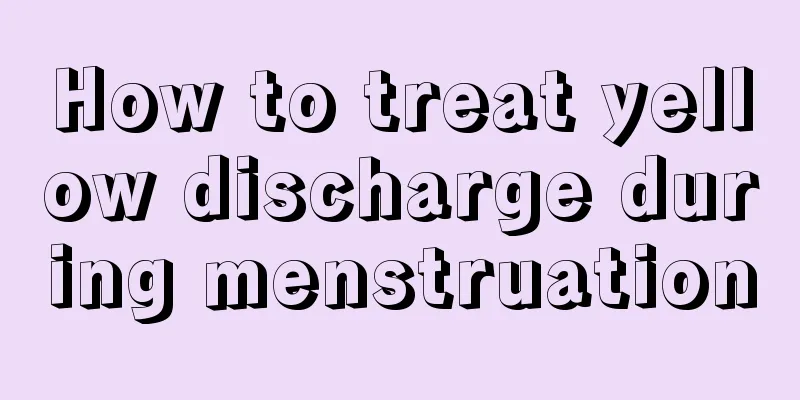Vitamin D family

|
Nowadays, many people lack vitamins in their bodies, but they don’t care much about it. However, vitamins need to be supplemented to ensure the health of the body. When the body lacks certain elements, it will cause some unnecessary problems. So you can take a look at the sources of vitamin D group and make timely supplements when the body lacks vitamin D group. Sources of Vitamin D The main source of vitamin D in the human body is 7-dehydrocholesterol in the skin, which is converted into cholecalciferol, i.e. endogenous vitamin D3, by ultraviolet rays in sunlight. Another source is obtained from the food we eat (exogenous). For example, animal liver, eggs, and milk all contain vitamin D. The ergosterol contained in plant foods such as vegetable oil and mushrooms must be exposed to ultraviolet rays to become calciferol, or vitamin D2, which can be absorbed by the human body. Both endogenous vitamin D3 and exogenous vitamins D2 and D3 have no biological activity and need to be further metabolized in the body to obtain a strong anti-rickets effect. Vitamin D is first converted into 25-hydroxycholecalciferol [25-(OH)D3] in the endoplasmic reticulum and mitochondria of hepatocytes by the 25-hydroxylase system, which has a weak anti-rickets effect. Then, in the mitochondria of the proximal tubule epithelial cells of the kidney, it is further hydroxylated into 1,25-dihydroxycholecalciferol [1,25-(OH)2D3] by the 1-hydroxylase system. Its biological activity is greatly enhanced and it can act on distant target organs (mainly the intestines, kidneys and bones) through the blood circulation. The 25-hydroxycholecalciferol produced by the liver and the 1,25-dihydroxycholecalciferol produced by the kidneys can both regulate themselves through feedback mechanisms. The metabolism of vitamin D2 is the same as that of vitamin D3. In addition to being regulated by its own blood concentration, vitamin D3 is also directly regulated by blood phosphorus concentration, parathyroid hormone and calcitonin, and indirectly regulated by blood calcium concentration. Hypocalcemia increases the secretion of parathyroid hormone, 1,25-(OH). D, the synthesis increases and the blood calcium rises; hypercalcemia promotes the secretion of calcitonin and inhibits the synthesis of 1,25-(OH)2D3; hypophosphatemia directly promotes the increase of 1,25-(OH)2D3 synthesis, while hyperphosphatemia inhibits it. |
<<: What are the gastrointestinal medicines
>>: What is the liquid used for B-ultrasound
Recommend
Which is better, sweat steaming or sweating during exercise?
Anyone who has done sweat steaming knows that you...
How to prevent mosquito bites
When summer comes every year, mosquitoes begin to...
What can urine test reveal
Urine test is a common test among many tests. In ...
What are the advantages and disadvantages of smoking
Many people like to light up a cigarette when the...
The more prominent symptoms of ovarian cancer include abdominal pain and back pain
The more prominent symptoms of ovarian cancer inc...
How to judge whether the breast abscess incision has healed? Go to the doctor
A patient asked: The incision after the breast ab...
What are the nursing methods for acne on the belly
When some pimples appear on our body, no matter w...
What are the pros and cons of drinking dandelion water
Dandelion is a treasure from head to toe. Its lea...
What to do if you have bone cancer and can't defecate
In the late stage of bone cancer, systemic sympto...
What are the benefits of back therapy
Modern life is getting better and better, so peop...
What foods can replenish kidney yang deficiency? This is the most nutritious food
Many men will suffer from kidney yang deficiency ...
What is the cause of abdominal pain from prolonged sitting
In today's fast-paced era, everything is done...
Early symptoms and signs of breast cancer
Breast cancer is the most common malignant tumor ...
Do you know the causes and treatments of stiff neck?
There are many reasons for stiff neck . If the pi...
How to remove warts
Warts are a skin disease that we often encounter....









